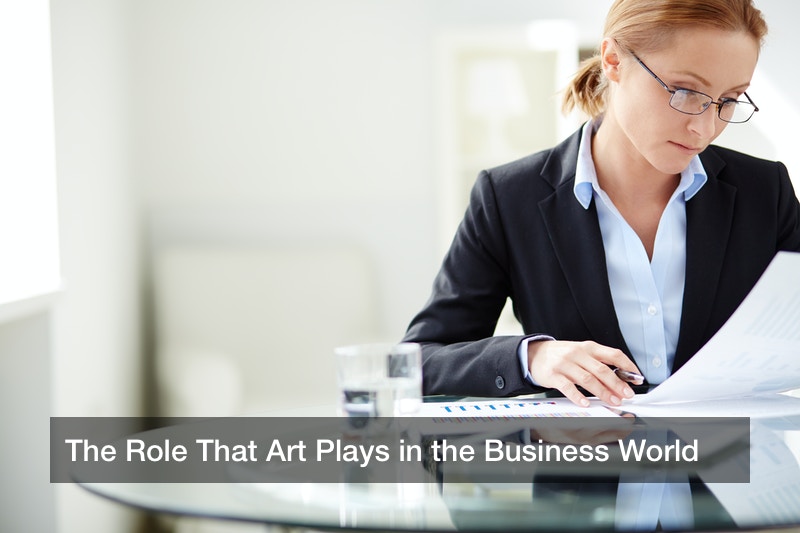
While art is famously abstract to define and quite subjective, there is no doubt that art is a universal human interest. Cultures past and present, from every corner of the globe, make art of all sorts, from patterns in clothing to tattoos and body paint, music, sculptures, paintings and drawings, dramatic theater, and more. In today’s world, art is not just popular, it is also a big business, and art brings in more money than some people might realize. It plays a crucial role in the modern American economy, from paintings and symphonies to digital art and freelance art creation. Countless people are visiting art galleries across the nation to view the latest works of contemporary artists and classic ones alike, and art exhibits can even be therapeutic for the mind. A person doesn’t even have to visit an art gallery to reap this benefit; contemporary artists can have their work featured in business spaces too, such as hotels or doctor’s offices.
The Business and Psychology of Art
Art is not just the idle plaything of someone holed up in their studio. In fact, the worldwide art market was valued at $64 billion USD in 2017, and in the U.S., a total of 113,000 different nonprofit arts organizations employ some 2.2 million artists in the workforce. This ensures that art has a secure and vital spot in the American economy, and that seems unlikely to change anytime soon. And while many art collections feature traditional paintings from contemporary artists and classics, there is room for other types of art, too. Many digital artists today are using advanced software to make images for commercial products or advertisements, for anything ranging from board game box art to video game promotional art to movie theater posters and DVD covers. Thanks to the Internet, countless freelance artists can find clients who need their artistic skills, and they can sustain themselves quite comfortably this way.
Art is not only good business, but it’s good for a person’s mental health, too. Art, unlike pragmatic efforts such as hunting or building shelter or making medicine, is not done for survival, but because the human mind craves such things. Since long before the written word, people around the globe have made art, and the human brain has a strong affinity for it. This has been measured in a number of studies in the UK and United States, which demonstrate that someone who views art (including contemporary artists) for at least half an hour will feel more relaxed and less stressed afterwards. An art gallery can easily double as therapy for the mind, and viewing that art can make a person feel more creative and inspired, even if they are not a painter themselves. The creative element of art can give a person new ideas for any project or effort that they want to pursue.
Where to Find Art
Naturally, the best art galleries in the United States will feature large collections of popular art from reputable artists, though even the smaller galleries can feature all kinds of exotic art to inspire guests. Often, these modest galleries are a fine place where contemporary artists can “get their foot in the door,” and some galleries celebrate certain heritages of art, such as African American art, Latin art, Native American art, and the like. Small galleries may regularly rotate their presented materials, to keep things fresh.
Art is not restricted to galleries and museums, though. Web users can visit dedicated art websites, where amateur and professional artists alike can share their creations. A doctor’s office or library may also feature art on the walls, often to help make guests feel welcome and at ease. Hotels, especially, do this to reinforce their homely feel along with attractive furniture and potted plants. In an office, artwork can be featured on the walls, and studies show that visible art can make office employees feel more creative and inspired. Any manager would appreciate this mental boost, and this is a fine chance to promote amateur contemporary artists in the area. Art, along with other visually creative efforts such as innovative arrangements of desks and putting up potted plants, can make employees feel creative and motivated while they’re on the clock.

